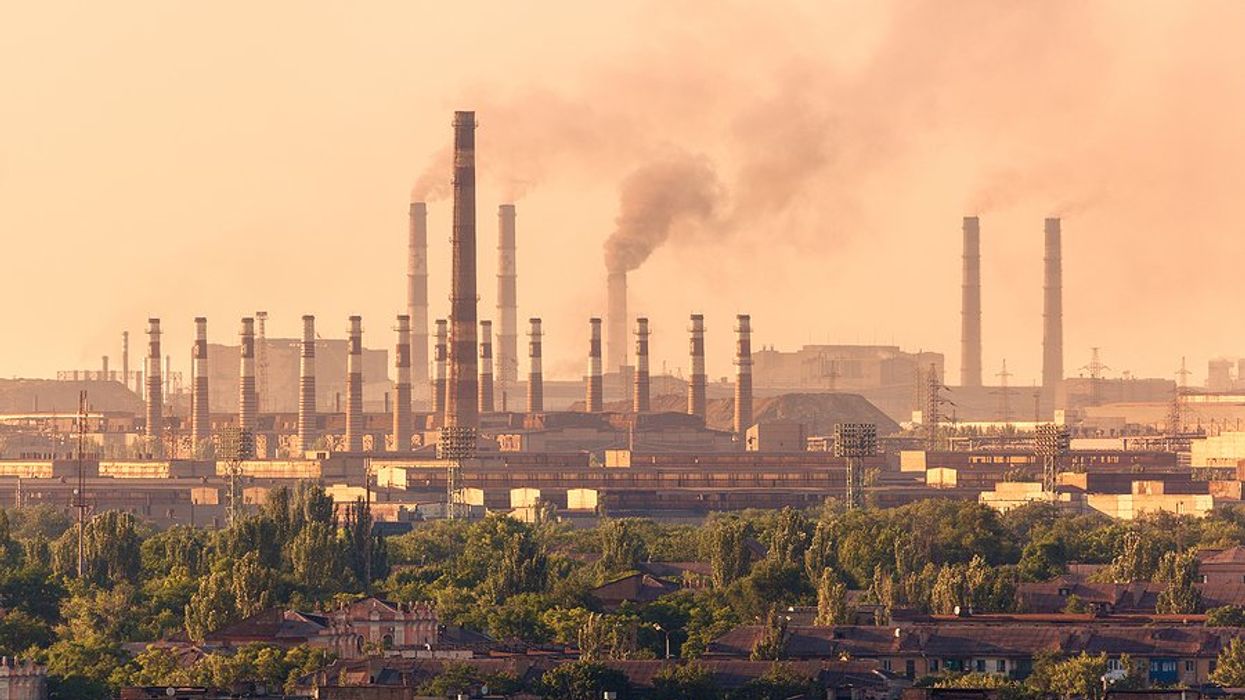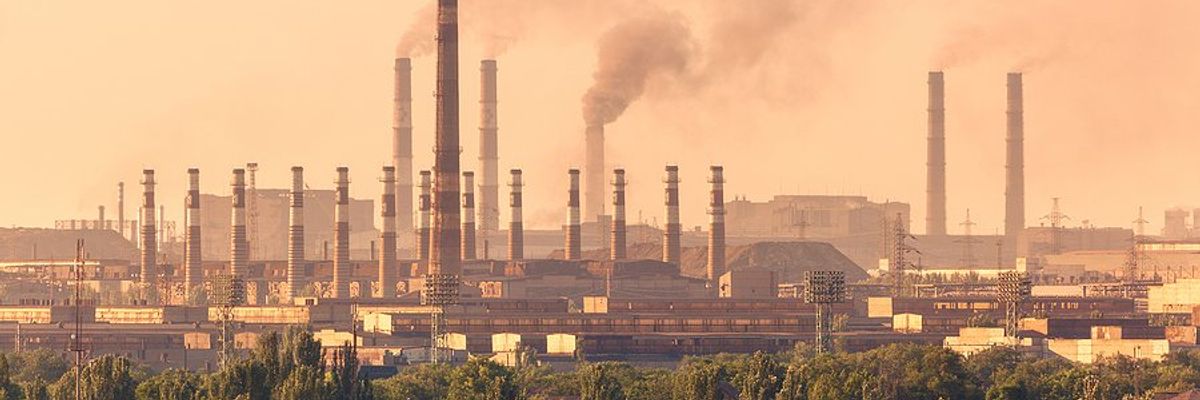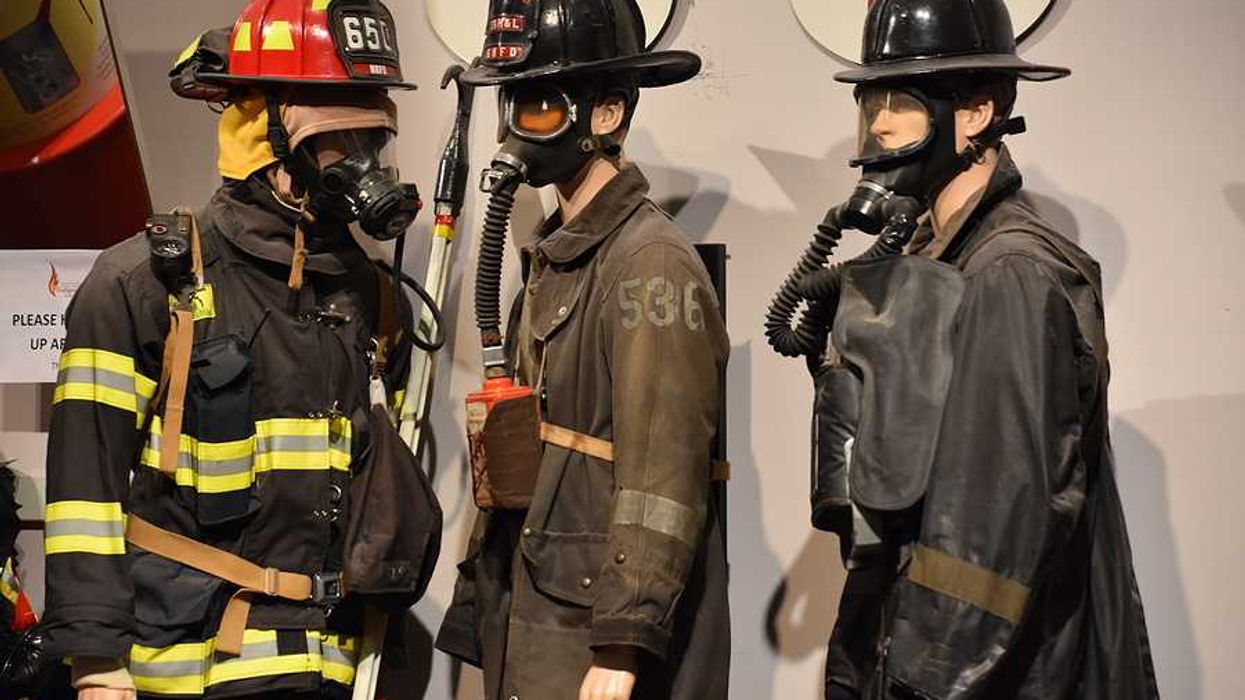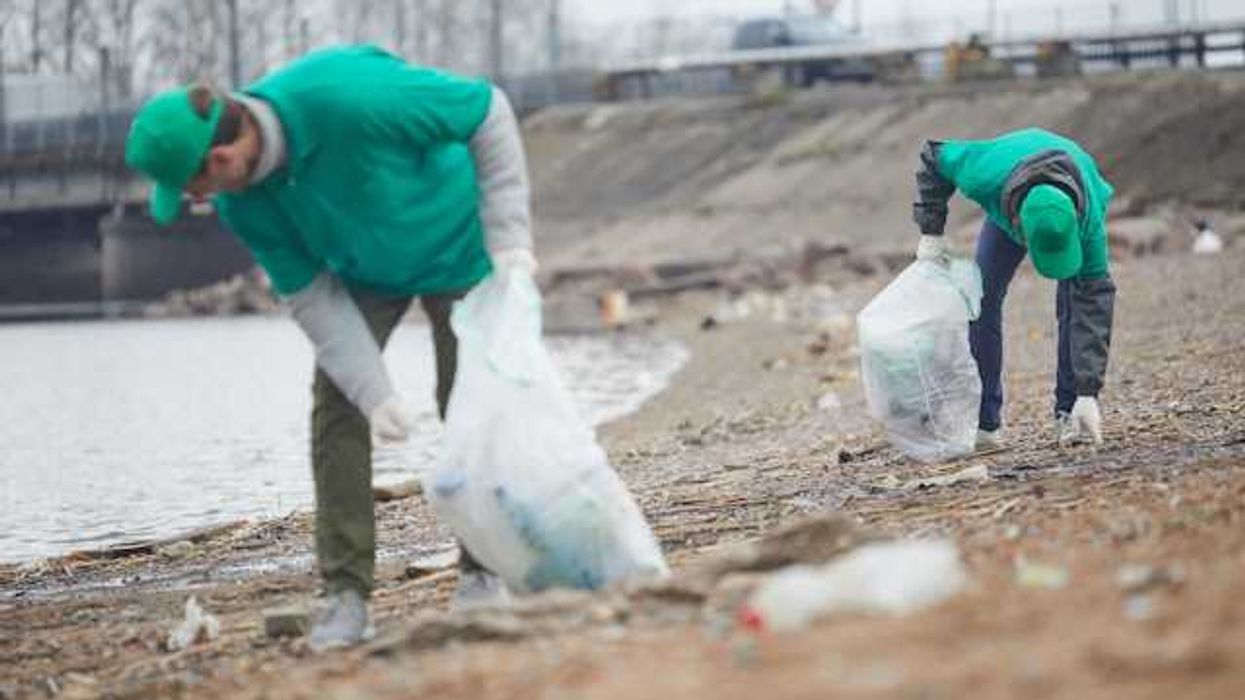A fatal explosion at a Pittsburgh-area steel plant this week occurred months after the U.S. Environmental Protection Agency removed public access to data about hundreds of high-risk chemical facilities, including the plant itself.
Katya Schwenk reports for The Lever.
In short:
- Two workers were killed and 10 injured Monday in an explosion at Clairton Coke Works, a U.S. Steel facility near Pittsburgh long classified as a high-risk chemical site.
- In April, the EPA deleted an online tool that had publicly listed Risk Management Program (RMP) facilities, following industry pressure to limit transparency.
- The EPA move came two months after chemical lobbyists requested the rollback, part of a broader effort to weaken oversight of facilities prone to toxic accidents.
Key quote:
“This isn’t U.S. Steel Clairton Coke Works’ first incident. Any time the same facility has repeated disasters, that’s a regulatory failure.”
— Maya Nye, federal policy director of Coming Clean
Why this matters:
Chemical plants dot the American landscape, often situated near working-class or Black and brown communities. These facilities handle volatile compounds that can ignite, explode, or release toxic gas. Federal oversight is meant to prevent disasters, but that system is only as strong as the data and transparency behind it. When the EPA removes public access to safety records, it makes it harder for residents, workers, and local officials to assess risks and respond. Communities lose their right to know what’s in the air, soil, and water near them. And when oversight weakens, accidents follow, leaving behind injured workers, grieving families, and polluted neighborhoods.
Read more: Pollution near Pennsylvania coke plant linked to school absences among children with asthma
















